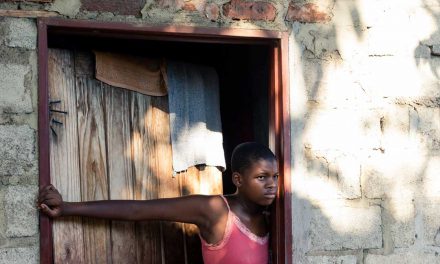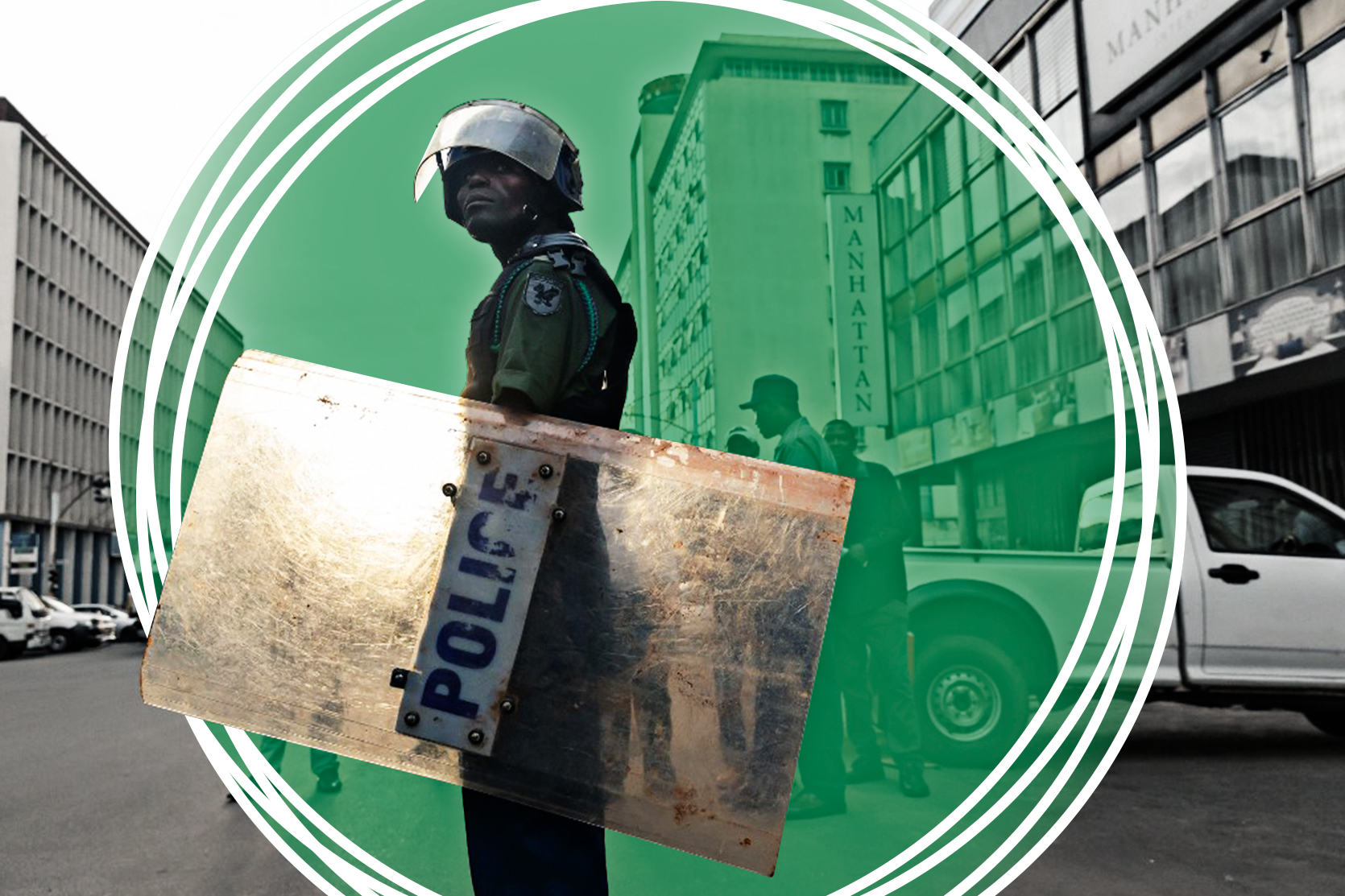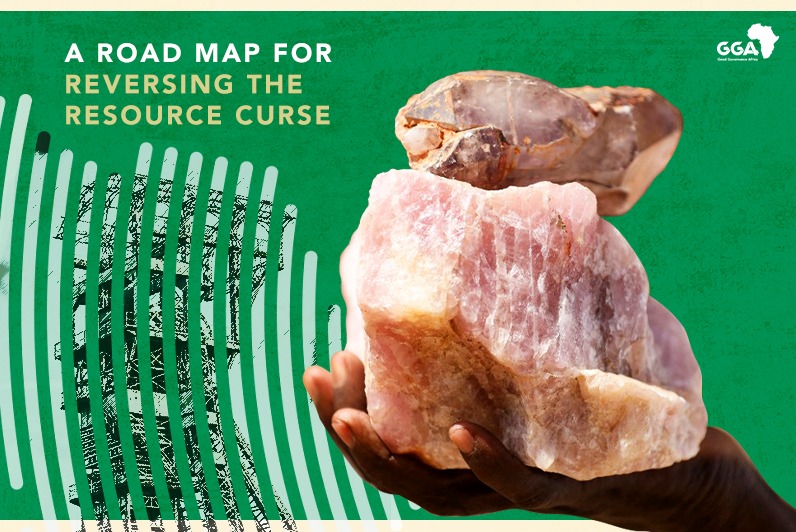
With Islamist extremism on the rise in several regions of West Africa, Fulani communities are purported to be front and center. In Mali, Nigeria, and Burkina Faso, Fulani groups have been accused of waging jihad, supporting terrorists, and committing genocide of Christians. Security forces attempting to root out terrorists have reportedly targeted Fulani communities based on their perceived support for jihadists.
Fulani are associated with modern Islamist movements in part because they are perceived to have strong historical ties to jihad. In the late 18th and early 19th centuries, several prominent Fulani individuals and groups waged jihadist revolutions across West Africa, including in Guinea, Mali, and Nigeria. These revolutions shaped the region and continue to exert strong historical and cultural influence today.
In Mali, Nigeria, and Burkina Faso, Fulani groups have been accused of waging jihad, supporting terrorists, and committing genocide of Christians.
In the chapter I contributed to Extremisms in Africa Vol 3, I attempted to set the record straight regarding perceived links between Fulani and jihad in West Africa. By exploring case studies from both the 18th and 19th centuries and from modern day movements, it aimed to identify the role that Fulani individuals and groups have played and continue to play in jihadist movements in West Africa. Ultimately, I wanted to explore the strength of the foundation on which perceived equivalencies between Fulani and jihad are based.
Starting with a historical review, I discovered that Fulani individuals and groups were instrumental players in most of the successful jihadist movements in West Africa in the late 18th and early 19th centuries. With Fulani elites triggering the jihadist revolutions that brought about the Fuuta Djallon Imamate, the Sokoto Caliphate, and the Macina Empire, jihad in the region had become fully associated with the Fulani by the end of the 18th century.
However, a closer look revealed that jihadist leaders catered to an ethnically diverse group of supporters, and that narratives at this time were often based on a broader ideology rather than ethnic affiliation and loyalty. As a result, many of the fighters in these movements were not Fulani. Additionally, there are examples of jihadist leaders antagonizing and attacking Fulani communities that disagreed with them, and there are several incidents of Fulani communities and subclans refusing to participate in the jihads – for example, Mbororo groups.
Starting with a historical review, I discovered that Fulani individuals and groups were instrumental players in most of the successful jihadist movements in West Africa in the late 18th and early 19th centuries.
Moreover, modern jihadist movements in these regions differ from their historical counterparts in several important ways. Contemporary movements advocate for a strict and literal Salafi interpretation of Islam, while historic movements were waged under the more inclusive Sufi tradition practiced by the majority of Fulani Muslims. Twenty-first century jihadist leaders also demonstrate more ethnic diversity than their 18th and 19th century counterparts, with group leaders coming from Arab-Berber, Tuareg, and Kanuri ethnic groups in addition to Fulani. Contemporary jihadist campaigns also cater more to lower- and working-class individuals, while historic jihadist movements were predominantly waged by elite groups and clans.
Some analysis of modern jihadist movements in West Africa points to outsized Fulani participation. Fulani are reported to be disproportionately represented amongst some jihadist groups in the central Sahel, and there is evidence of both Islamic State and Al Qaeda affiliated armed groups specifically targeting Fulani communities to recruit fighters.
Yet other evidence challenges this picture. Analysts note that jihadist groups in West Africa today lack popular support, even in Fulani-majority areas, and that they represent only a “tiny fraction” of the population. Contemporary jihadist groups often cater to non-Fulani populations and have even attacked and preyed upon Fulani communities. In addition, there are several areas of the region where Fulani are a prominent minority that have not experienced jihadist movements or violent extremism. For example, Guinea, the country with the largest Fulani minority in West Africa, is not affected by jihadism and Fulani groups there are not and have not been particularly involved in violent conflicts.
There is evidence of both Islamic State and Al Qaeda affiliated armed groups specifically targeting Fulani communities to recruit fighters.
The aim of my chapter was to set the record straight regarding alleged links between Fulani and jihad, but as it turns out, the record is not straight at all. Allegations of robust links between Fulani groups and jihadist movements are difficult to substantiate due to the dynamic, complex nature of the regional context. The social, economic and geographic diversity within Fulani groups, the ethnic diversity among contemporary jihadist leaders in the region, and the predominantly socio-economic drivers of jihad in West Africa (both in the past and in the present) all complicate attempts to draw direct links between Fulani communities and modern jihadist movements. In this context, the value that highlighting such links can bring to efforts to fight terrorism in the region is extremely limited.
Conversely, the risk that such narratives will yield false equivalencies between Fulani communities and jihadist movements presents significant threats to efforts to combat the spread of Islamist extremism in West Africa. False equivalencies between Fulani and jihad, which are already common, have fueled and will continue to fuel actions against innocent civilians based on ethnic identity, which in turn breeds resentment and grievance on which jihadists can draw in their attempts to recruit new fighters for their causes. The deliberate ethnic targeting of Fulani by security and counterterrorism forces, which is taking place across the region, will breed resentment and grievance among Fulani communities, including among those who originally stood opposed to jihad.
The aim of my chapter was to set the record straight regarding alleged links between Fulani and jihad, but as it turns out, the record is not straight at all.
The relationship between Fulani groups and jihadist movements in West Africa is, and has always been, extremely complex. Narratives implying a simple relationship are harmful, both to efforts to combat the spread of violent extremism, and to broader policies and programmes aimed at stabilising and developing the region. Scholars, policymakers and practitioners interested in reducing violence in the region should avoid ethnic narratives and focus instead on understanding and addressing the political and economic drivers of the phenomenon.
We’d love to hear from you! Join The Wicked Conversation by leaving your comments below, or send your letter to the editor to stephen@gga.org.
To get your copy of Extremisms: Volume 3, click on your preferred link below:
Loot: https://tinyurl.com/yyzvaxmu
Takealot: https://tinyurl.com/yxqdm7by
Amazon Kindle: https://tinyurl.com/y3zgz55f
Amazon Print edition: https://tinyurl.com/y3gw5xxo











